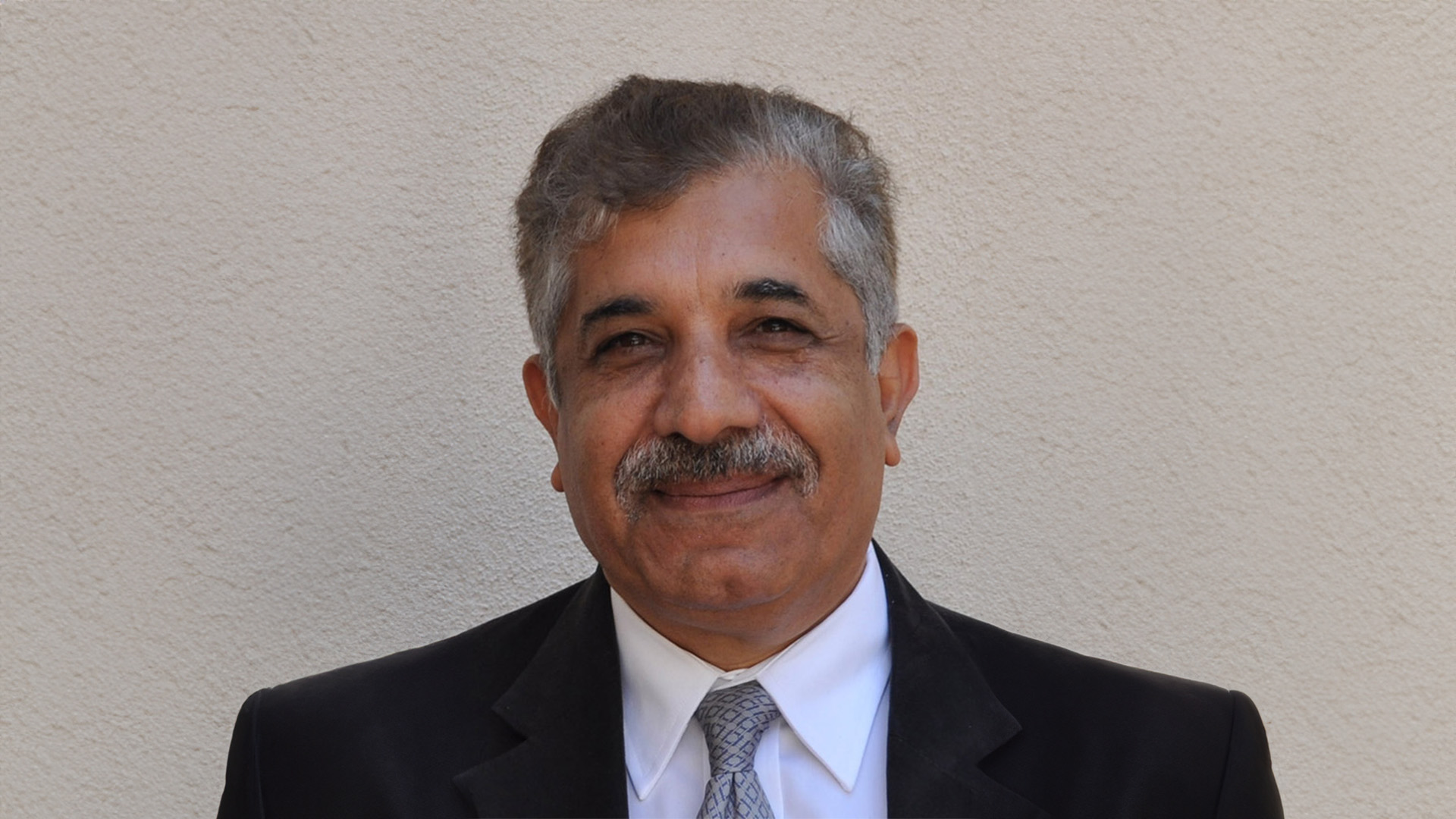
Making a Transformative Impact
COLLEGE OF ENGINEERING
Dr. Hamid Rahai, Professor in the Departments of Mechanical and Aerospace Engineering and Biomedical Engineering as well as former College of Engineering Associate Dean for Research and Graduate Programs, has always had a passion for exploration and innovation. Dr. Rahai’s first research experience was when he did his masters thesis on an emerging topic in aerodynamics. “I had two great mentors, the late Dr. Hillar Unt, who was the chair of the Mechanical Engineering Department and my thesis advisor, and Dr. Akihiko (Aki) Nakayama, who was a senior researcher at the McDonnell Douglas aircraft company in Long Beach and a part-time lecturer in the department. Aki worked with me throughout my thesis and beyond until I published my first paper with him in 1984. Hillar oversaw all our activities and provided support so we could complete our experimentation. I will never forget how excited and congratulatory he was when the paper came out. I have had a life-long
friendship with them.”
Dr. Rahai’s research focus changed to atmospheric turbulence and scalar diffusion during his PhD research work. While still working in turbulence, mixing, and aerodynamics, the focus of his research at California State University, Long Beach has been mostly on wind energy, emissions control technology and mitigations, pollution diffusion, and biofluids. To date, Dr. Rahai has been principal investigator (PI) or co-PI on 68 grants or contracts from federal and state agencies and industries totaling over $13 million; supervised 77 masters theses, projects, and Ph.D. dissertations; and published over 100 scholarly publications, along with nine awarded and provisional patents. Eighty percent of Dr. Rahai’s publications are with students as authors and co-authors.
Dr. Rahai’s influence and impact at CSULB goes beyond his research efforts. His tenure as the College of Engineering Associate Dean for Research and Graduate Programs saw an unprecedented increase in faculty participation and funded grants. According to Dr. Rahai, “When I was hired as an Assistant Professor at CSULB, I was not given a start-up or reduced teaching load that we have now. I was given an empty lab. My efforts throughout the years have been to secure donations and funds to build my research lab. So, when I was allowed the opportunity to lead the research efforts as the College of Engineering Associate Dean for Research, I knew exactly what we needed. We started hiring outstanding new faculty and provided them with start-up funds and research space. We arranged grant-writing workshops and introduced them to funding agencies with annual trips to the National Science Foundation for orientation and brought technical directors of federal and state agencies and industry representatives to our college to show our intellectual and research capabilities as well as facilitate research contracts for our faculty. I set an initial goal of an average of $5 million annually over five years before we could make the jump to $10 million. In the academic year 2019–2020, the College of Engineering’s new and continued grants and contracts exceeded $10 million.”
Dr. Rahai also discovered that one of the main barriers to research at CSULB is the high teaching load of tenure and tenure-track faculty. To create opportunities to overcome this barrier, Dr. Rahai worked to establish a supervision credit guideline; matched buyout release time on large grants of $100,000 and higher with full faculties and administrative rate; campaigned and increased research, scholarly, and creative activities; assigned time allocation; and allowed faculty to buy out units through their research stimulation accounts. These efforts led the average teaching load of tenure and tenure-track engineering faculty to drop below 10 units each semester and for the annual grants and contracts proposals to more than double. “We tried to establish an infrastructure for sustained research and innovation, to foster faculty and students’ motivation and desire to discover their creative strength. Now after 10 years, we have many accomplished research faculty, which are a source of pride for me, the College of Engineering, and for CSULB.”